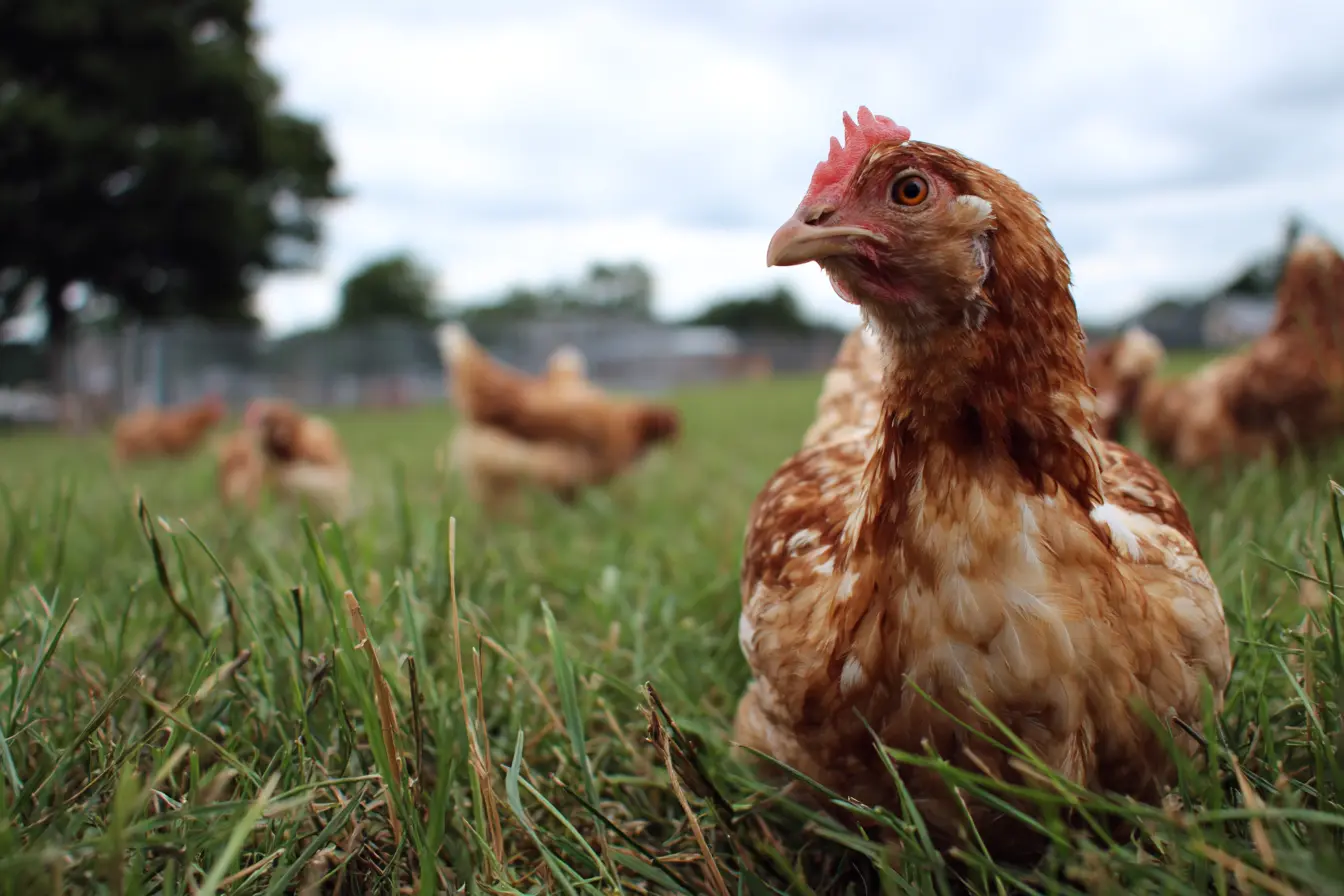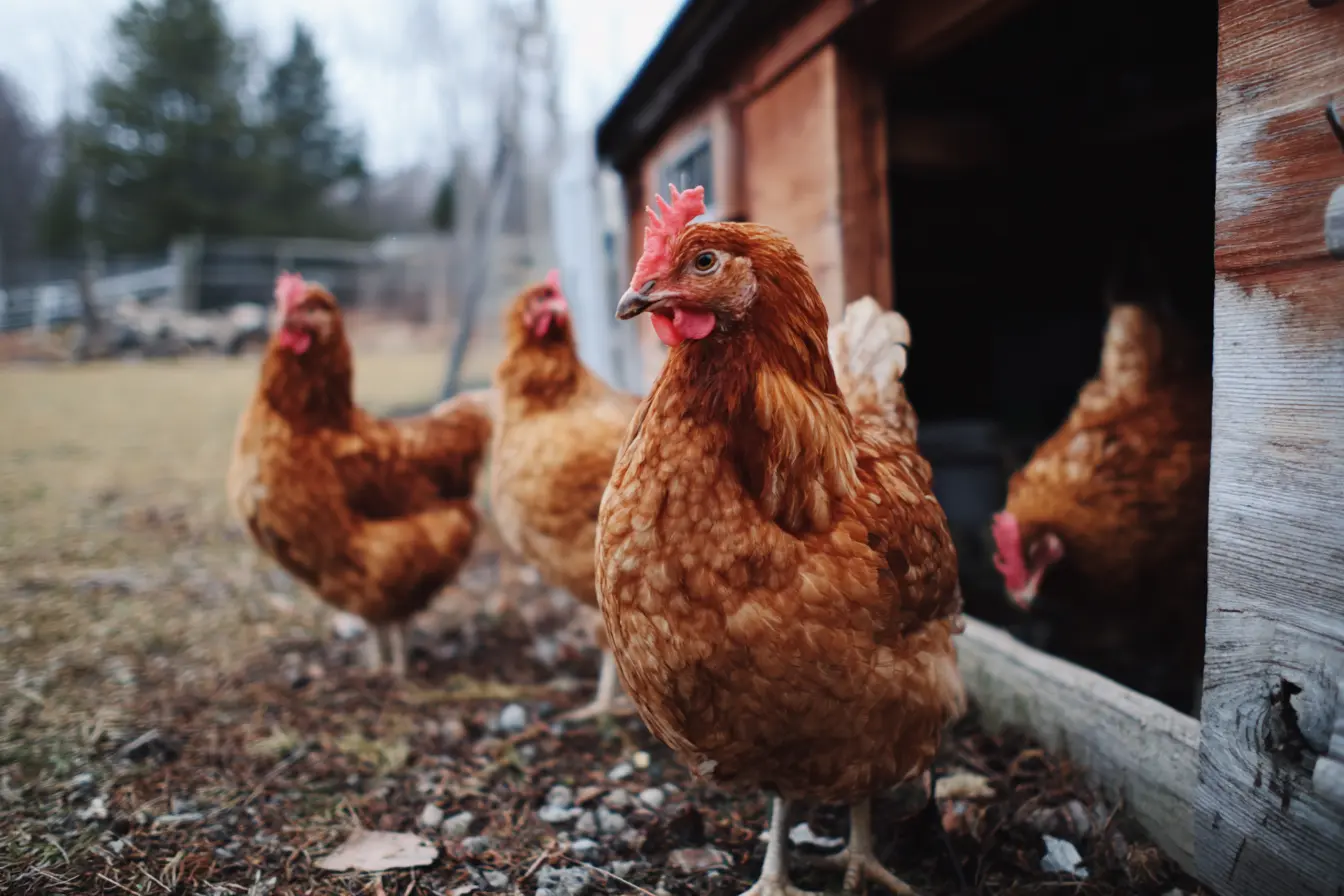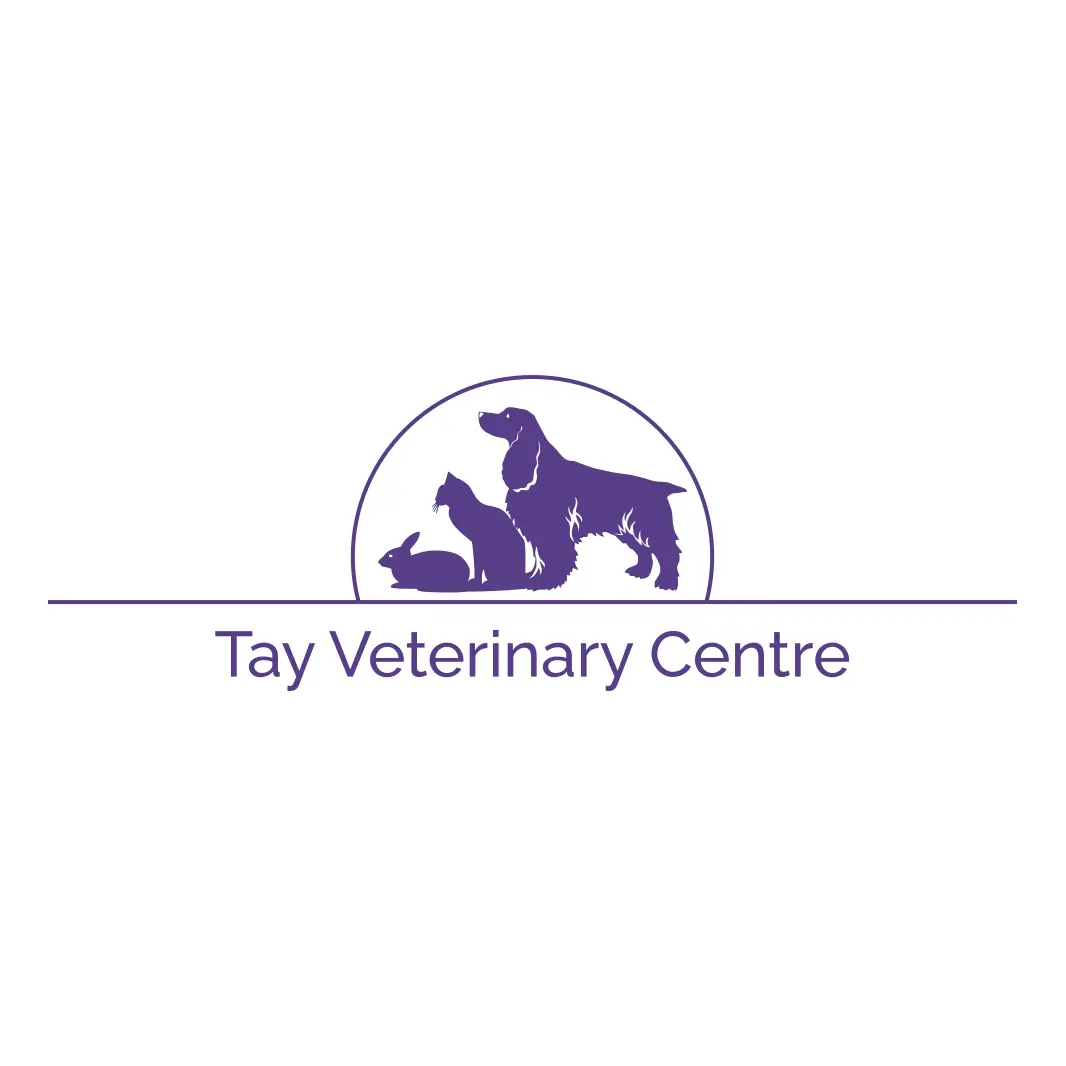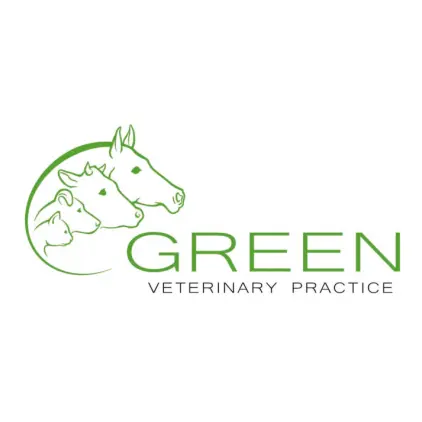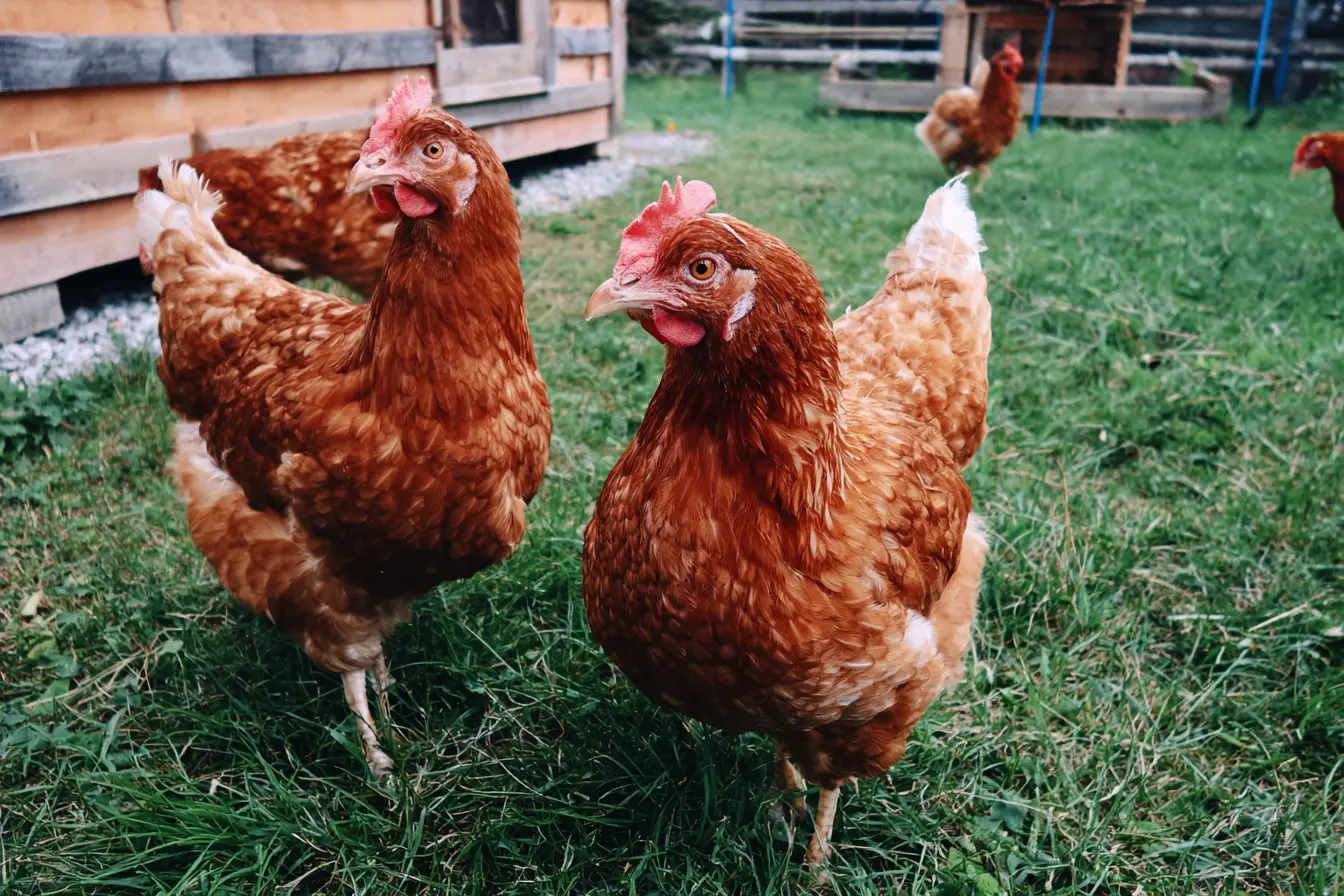
Marek’s Disease in Chickens: Everything You Need to Know
Marek’s Disease is one of the most serious viral infections affecting poultry, particularly backyard and commercial flocks of chickens. This blog post explores the disease in depth, covering its causes, symptoms, diagnosis, prevention, and management.
What is Marek’s Disease?
Marek’s Disease is a highly contagious viral disease caused by a herpesvirus known as Gallid alphaherpesvirus 2. It primarily affects chickens but can occasionally affect other birds such as quail. The virus induces tumour formation, neurological disorders, and immunosuppression, making infected birds more susceptible to secondary infections.
History and Background
Named after Hungarian veterinarian József Marek, who first described the disease in 1907, Marek’s Disease became a major concern in poultry farming in the mid-20th century. With the development of vaccines in the 1970s, the incidence has been reduced but not eradicated.
The Virus: Gallid alphaherpesvirus 2
Marek’s Disease is caused by a highly contagious DNA virus in the herpesvirus family. It spreads easily in poultry flocks and can persist in the environment for long periods. There are several strains, varying in virulence:
- Mild (mMDV)
- Virulent (vMDV)
- Very Virulent (vvMDV)
- Very Virulent Plus (vv+MDV)
These strains differ in their ability to cause disease and overcome vaccine protection.
Transmission and Spread
The virus is primarily spread through:
- Inhalation of infected feather dander and dust
- Direct contact with infected birds
- Contaminated surfaces, feeders, and equipment
Once a bird is infected, it remains a carrier for life, continually shedding the virus into the environment.
Symptoms of Marek’s Disease
Symptoms vary depending on the form of the disease, but may include:
Classical (Neurolymphomatosis)
- Paralysis of legs, wings or neck
- Drooping wings
- Twisted neck (torticollis)
- Inability to stand or walk
Visceral Form
- Tumours in organs such as liver, spleen, kidneys
- Weight loss and lethargy
- Pale comb and wattles
Ocular Form
- Grey or cloudy eyes
- Irregular-shaped pupils
- Blindness
Cutaneous Form
- Nodules or lesions at feather follicles
- Thickened skin
Diagnosis
Diagnosing Marek’s Disease can be challenging as symptoms overlap with other conditions. Common methods include:
- Post-mortem examination for tumours or nerve enlargement
- Histopathology of affected tissues
- PCR testing to detect viral DNA
A definitive diagnosis often requires lab testing.
Treatment and Prognosis
There is no cure for Marek’s Disease. Supportive care may provide temporary relief, but once clinical signs appear, the outcome is usually fatal. Birds that survive are often carriers and continue to shed the virus.
Prevention and Control
Vaccination
- Vaccination is the most effective control method
- Chicks are typically vaccinated at the hatchery within 24 hours of hatching
- The vaccine does not prevent infection, but it reduces symptoms and virus shedding
Biosecurity
- Isolate new birds for at least 3 weeks
- Limit visitor access to the flock
- Disinfect equipment and coop regularly
- Avoid contact with wild birds
Breeding for Resistance
- Some chicken breeds have been shown to have greater natural resistance
- Breeding for genetic resistance can provide long-term flock resilience
Marek’s Disease vs Other Diseases
Marek’s Disease may be confused with other poultry illnesses such as:
- Avian leukosis
- Newcastle disease
- Lymphoid leukosis
Accurate diagnosis is essential for effective management and to prevent misdirected treatments.
Key Takeaways
- Marek’s Disease is a major viral illness in chickens with no cure
- It is caused by a herpesvirus and spreads primarily through feather dust
- Symptoms include paralysis, tumours, blindness, and weight loss
- Vaccination and strict biosecurity are critical to control
- Diagnosis often requires post-mortem and lab tests
Final Thoughts
While Marek’s Disease remains a threat to poultry worldwide, informed flock management, good husbandry, and vaccination can significantly reduce its impact. Backyard keepers and commercial producers alike should remain vigilant, taking proactive steps to protect their birds and limit the spread of this persistent and dangerous virus.
Related Vets
Vets near you
Speciality vets
- Aquatics vet specialists
- Birds vet specialists
- Camelids vet specialists
- Cats vet specialists
- Cattle vet specialists
- Deer vet specialists
- Dogs vet specialists
- Equines vet specialists
- Exotic vet specialists
- Goats vet specialists
- Pigs vet specialists
- Poultry vet specialists
- Sheep vet specialists
- Small Mammals vet specialists
- Wild vet specialists
